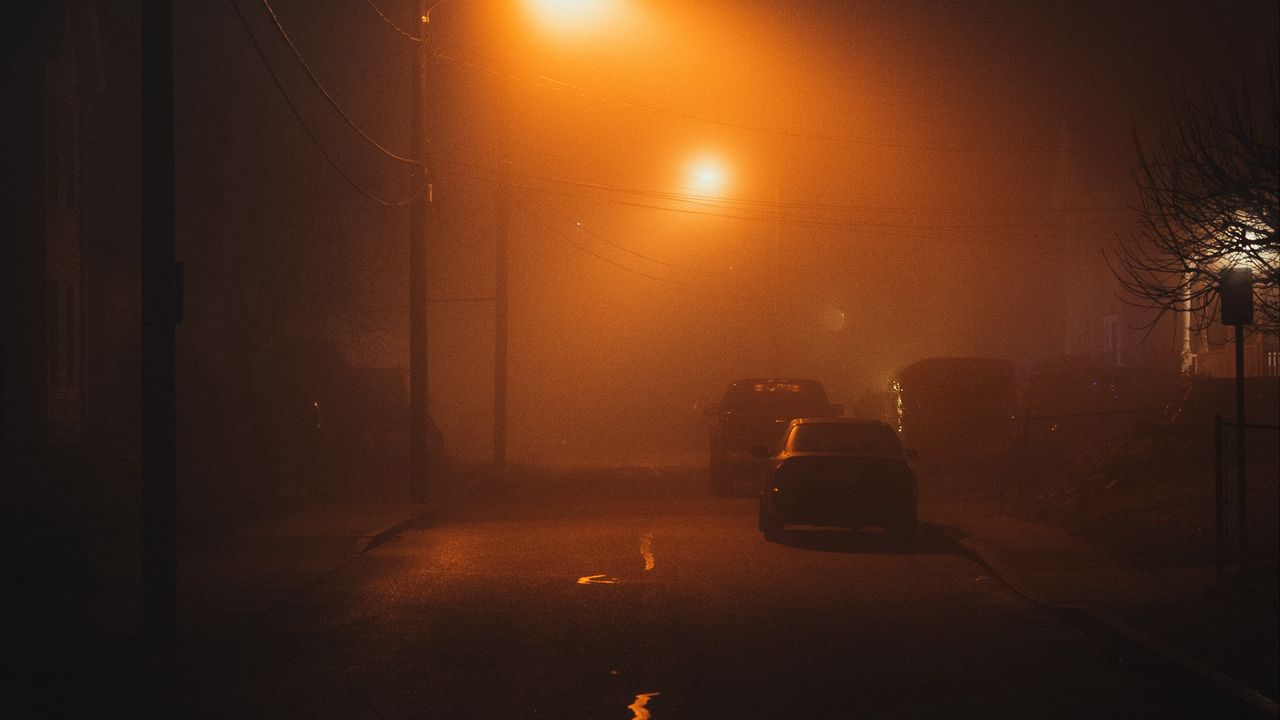Difference between Fog and Mist: You’re driving to work and it’s a little chilly outside. As you wait for your car to warm up, you notice that the windshield is covered in a thin layer of water droplets. What is this phenomenon? Is it fog or mist?
What is Fog?
Fog is a type of low-lying clouds that are very close to the ground. Fog forms when the air near the ground cools down to the point where it can no longer hold all of the water vapor in the air. The water vapor condenses into tiny water droplets and this is what we see as fog.
Mist is similar to fog, but it is usually not as dense. Mist forms when warmer air rises and cooler air sinks. This can happen when warm air meets cold water, such as in a river or lake. The warm air cools down and the water vapor in the air condenses into tiny water droplets.
What is Mist?
Mist is a fine spray of water droplets that are suspended in the air. It is usually created when warm air meets cool air, and can often be seen in the morning or evening. Mist is different from fog, as it is not as dense and does not reduce visibility as much.
The Difference between Fog and Mist
Have you ever wondered what the difference is between fog and mist? Well, you’re not alone. Many people use these terms interchangeably, but there is actually a difference between the two.
Fog is a type of low-lying cloud that forms when the air near the ground cools enough that water vapor condenses into tiny water droplets. Fog can occur at any time of day or night, and it can form quickly, sometimes within minutes.
Mist, on the other hand, is very similar to fog, but it generally forms in the morning when the air is still cool but starting to warm up. Mist also tends to dissipate more quickly than fog does.
So, the next time you’re trying to decide whether it’s fog or mist outside, remember that fog can form at any time of day and can be quite dense, while mist is usually only seen in the morning and is usually not as thick as fog.
Differences between Twitter and the Indian homegrown Koo app
How to Tell the Difference between Fog and Mist
When it comes to weather, fog and mist are often used interchangeably. But there is a difference between the two! Here’s how to tell the difference between fog and mist:
Fog is a collection of water droplets in the air that reduces visibility. Mist, on the other hand, is a light rain or drizzle.
One way to tell the difference between fog and mist is by looking at the temperature. If it’s warm out and the air is full of water droplets, it’s most likely fog. If it’s cool out and there’s a light rain or drizzle, then it’s mist.
Another way to tell the difference is by looking at how close the water droplets are to the ground. If you can see them close to the ground, it’s fog. If they seem to be high up in the air, it’s mist.
So next time you can’t see clearly because of all the water droplets in the air, take a closer look to figure out if it’s fog or mist!
What Causes Fog and Mist?
The difference between fog and mist is that fog is a collection of tiny water droplets suspended in the air, while mist is simply a light rain. Fog can occur when the temperature of the air cools to the point where it can no longer hold all the water vapor in it, and some of the water vapor condenses into tiny droplets. This can happen on a cold morning when the air near the ground is cooler than the air above it. The sun can also cause fog, when its heat evaporates water from the ground, which then condenses in the cooler air above. Mist, on the other hand, is simply a light rain. It happens when warm air rises and cools, causing water vapor to condense into drops.
Conclusion
Fog forms when the air near the ground cools down to the point where it can no longer hold all of the water vapor in it, and some of the water vapor condenses into tiny water droplets. Mist, on the other hand, is simply a light rain or drizzle.


















